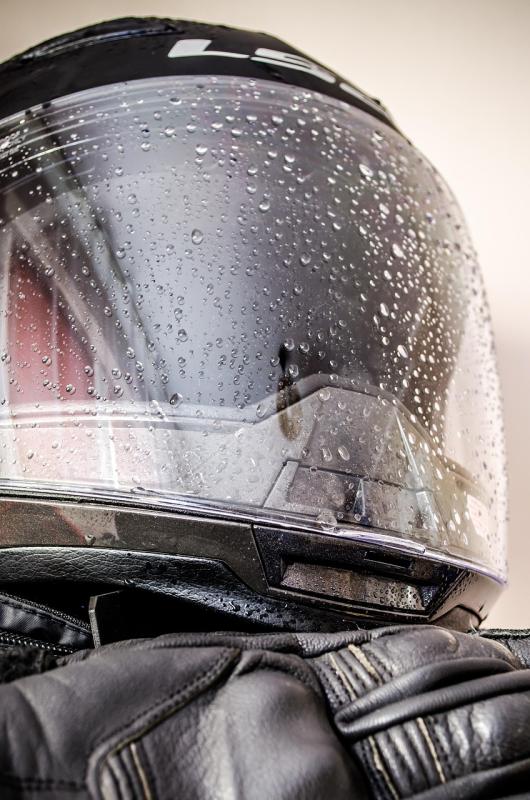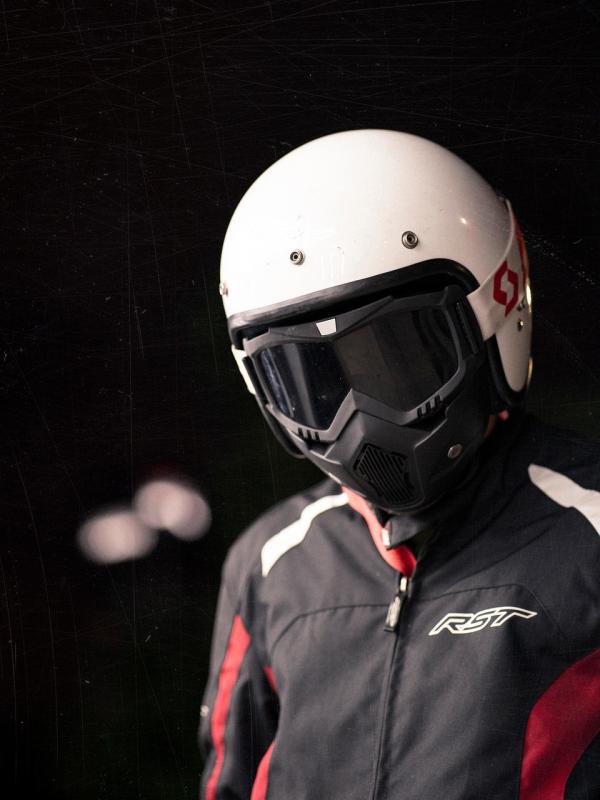Finding the right helmet size is super important for your safety and comfort. A helmet that fits too tight can give you a headache, while one that's too loose won't protect you properly if you take a spill. Let's break down the basics to help you nail down your perfect fit.
First, grab a soft measuring tape and measure around your head, just above your eyebrows and ears. Make sure it's snug but not too tight—you want it to mimic how your helmet will feel. Once you've got that measurement, compare it to the sizing chart for the helmet brand you're interested in. Different brands can have slightly different sizing, so always check!
When you try on a helmet, it should feel snug all around without any pressure points that make you want to take it off. You shouldn't be able to move it side to side or front to back easily. A good trick is to shake your head a bit—if the helmet shifts a lot, it’s likely too big.
Also, pay attention to the padding! Some helmets come with removable interior padding, which you can adjust or replace as needed. This feature can make a big difference in achieving that perfect fit. Remember, a comfy helmet will make you more likely to wear it every time you ride, which is the whole point!
Measuring Your Head for the Right Fit
Getting the right helmet size is super important for comfort and safety. If your helmet doesn’t fit properly, it won’t protect you when it counts. Let’s make sure you find the perfect fit! It’s pretty simple to measure your head, and all you need is a soft measuring tape or a piece of string and a ruler.
Start by wrapping the measuring tape around the widest part of your head. This is usually just above your ears and across your forehead. Make sure it’s snug but not too tight. If you’re using a piece of string, mark where it overlaps and then measure that length with a ruler.
Once you have your measurement, compare it to the sizing chart of the helmet brand you’re interested in. Sizes can vary between brands, so always check their specific chart. If you’re in between sizes, go for the smaller size—it’s easier to adjust a snug fit with padding than to deal with a helmet that’s too loose.
If you can, try the helmet on before you buy it. Wear it for a few minutes to see how it feels. It should sit flat on your head without sliding around. You shouldn’t feel any pressure points, and you should be able to move your head comfortably without any wobbling. Remember, a good helmet can save your life, so taking the time to get the fit right is worth it!
Choosing the Right Helmet Shape
Finding the right helmet shape is a big deal. It’s all about how it fits your head. Helmets come in different shapes and sizes to match various head shapes. You don’t want your helmet to be too loose or too tight, and the right shape will make a huge difference in comfort and protection.
The most common helmet shapes are round, oval, and intermediate oval. If you have a round head, look for helmets specifically designed for that shape. They offer a bit more space on the sides and fit snugly around the forehead. Ovals, on the other hand, are perfect for those with elongated heads. These helmets provide extra room front-to-back without compromising safety.
Now, if your head is somewhere in between round and oval, go for the intermediate oval. This shape suits most riders, giving you the best of both worlds. Regardless of the shape you pick, always prioritize how it feels when you try it on. You want a snug fit without pressure points.
When you’re testing out helmets, wear them for a few minutes to see how they feel. Move your head around; make sure it’s not shifting too much or pushing into your temples. A good fit should feel secure without any discomfort. Don’t rush into it; this may be the most important decision for your riding safety.
Adjustments for a Comfortable Fit
Finding the right helmet size is just the first step; you also need to make sure it fits comfortably. A good fit means you can ride longer without feeling sore or distracted. Let’s dive into some simple adjustments you can make for that perfect fit.
First, check the chin strap. It shouldn’t be too tight but should feel snug. You want it secure enough to keep the helmet in place during a ride but comfortable enough that it doesn’t dig into your skin. A quick test? You should be able to fit one finger between the strap and your chin.
Next up is the padding. Many helmets come with removable and adjustable padding, which can really help personalize your fit. If your helmet feels a bit loose, adding a thicker pad can make all the difference. If it’s too tight, you might want to swap out for thinner padding or an extra set of pads that comes with the helmet.
Don’t forget about the adjustment points! Some helmets have a dial or a sliding mechanism at the back to tighten or loosen the fit. Play around with these adjustments until the helmet feels secure without feeling like it's squeezing your head. Shake your head a little; if it moves around too much, adjust it until it’s snug.
Finally, remember how temperature affects fit. When you first put on your helmet, it might feel perfect, but heat can change that. If you feel the helmet loosening after a while, a quick adjustment to the straps or padding can help keep things comfy. Your ride should be about enjoying the journey, not fiddling with your gear, so a proper fit makes all the difference!



